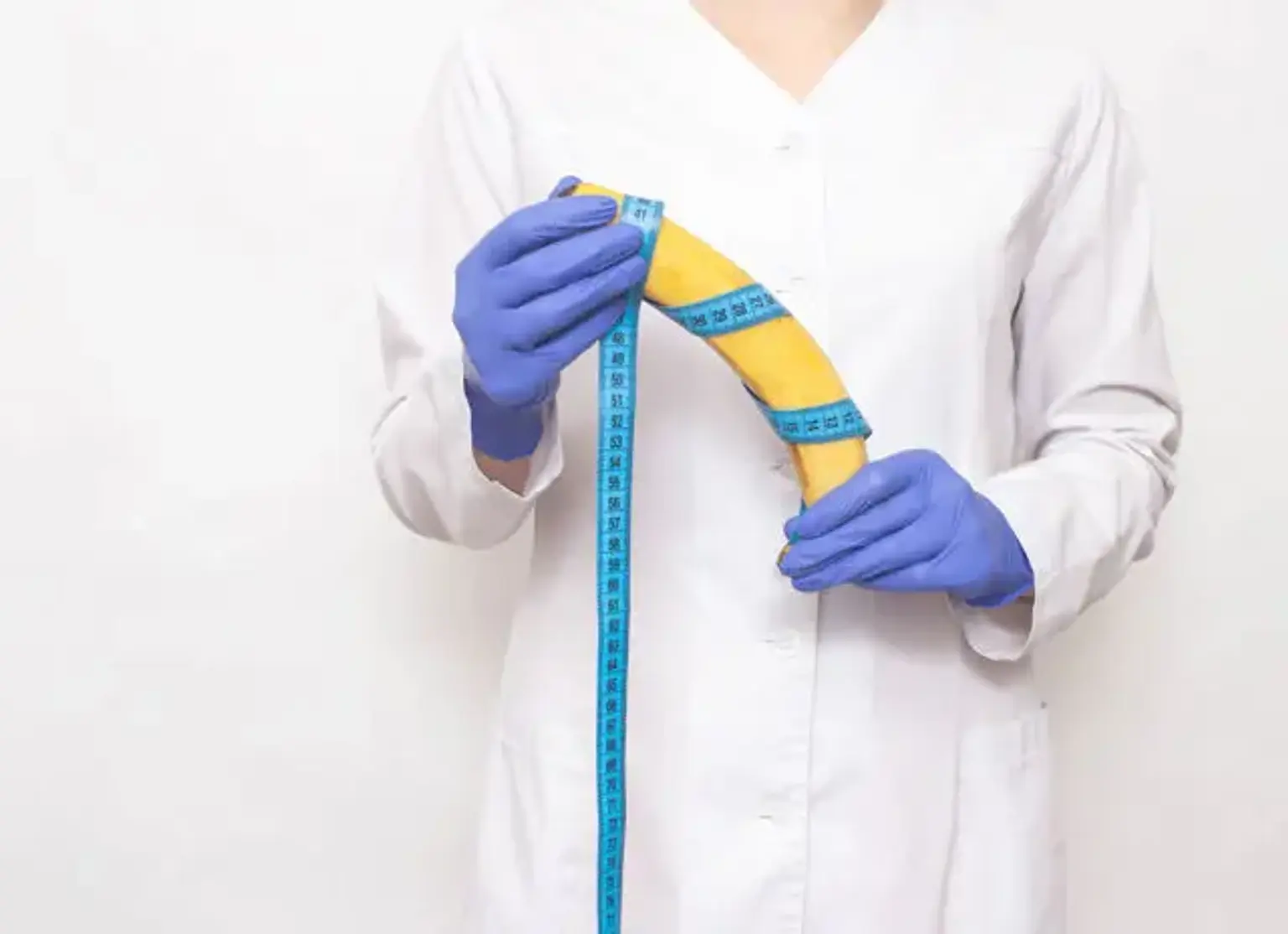Peyronie's disease
Overview
Peyronie's Disease (PD) is a penile fibrosing illness that causes plaque accumulation and penile deformity. Once thought to be rare, Parkinson's disease has lately been discovered in up to 13% of males, and it can have a significant impact on both patients' and their partners' sexual and psychological function. While the cause of Parkinson's disease is unknown, it is assumed to be caused by a stressful event followed by abnormal fibrosis or dysregulated wound repair.
A complete history and physical exam, emphasizing on the penis in both flaccid and erect phases, are performed on males who come with PD. Erectile dysfunction (ED) and various other comorbidities are frequently connected with Peyronie's Disease (PD).
Oral, topical, intralesional, mechanical, and surgical therapy are all available for Parkinson's disease. In general, there is minimal evidence to support the effectiveness of oral, topical, and mechanical therapy.
